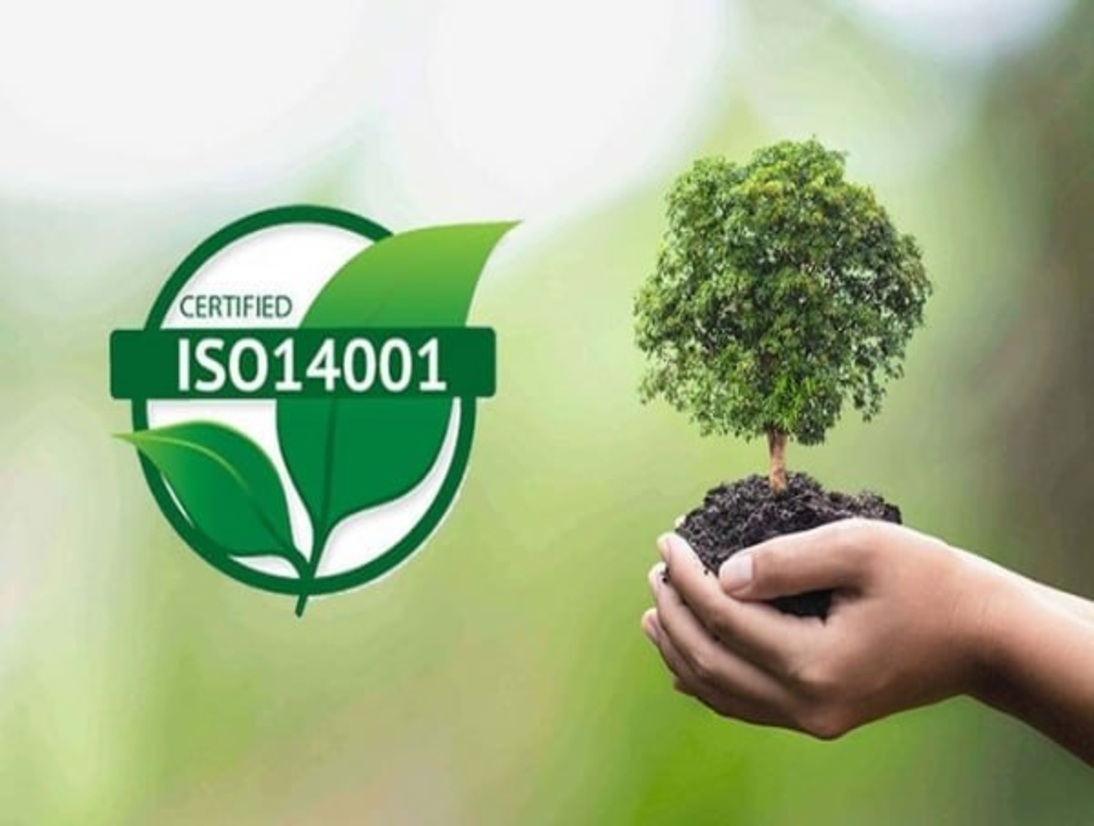Environmental Management System (EMS)
Build a Greener Tomorrow with ISO 14001:2015 – Your Guide to Sustainable Success!

The international standard of environmental management systems (EMS) is known as ISO 14001:2015. It outlines the requirements of a framework that can enable an organization to adhere to the compliance needs, and improve the environmental performance. Its standard adheres to the process approach, as well as risk-based thinking, which is based on the Plan-Do-Check-Act (PDCA) model. Any organization can use it irrespective of its size and discipline. It is a standard that is issued by the International Organization of Standardization (ISO) and reflects established international best practice. Purpose of Environmental Management System An EMS helps an organization: distinguish and manage environmental factors and effects; conduct and observe the rules of the standard and other requirements; set environmental goals and check progress; distribute required resources and duties; take action on discoveries towards the constant betterment.
The activities are meant to comply with the regulations of the environment.
The operations are directed toward minimizing waste, emissions and contamination.
The top management will involve itself in incorporating environmental management in the business processes.
Tracking energy, water and material consumption enhances efficiency and minimization of cost.
Environmental risks are recognized, evaluated and managed.
The effects are looked at on the design, production, upon use and upon disposal levels.
Certification demonstrates an interest in environmental responsibility.
There are defined procedures by which environmental aspects and emergencies are taken care of.
The training and involvement encourages environmentally responsible conduct.
Frequent assessment and remedial measures enhance environmental performance.
regulates the waste production, emissions, and chemical application.
Coordinates noise and dust management, as well as materials disposal in the project sites.
Monitors fuel usage and vehicle upkeep in order to minimize emissions.
Water consumption and packaging waste.
Sorts through dangerous and biomedical waste materials.
Organizes educational campaigns and waste-recycling activities.
Embraces sustainability in service provision and office practices.
Takes into consideration the impact on the environment in terms of design and development.
Measures water, air, and waste pointers and reports in an open manner.
It employs controlled irrigation and soil-protective practices to minimize the damage.
Environmental management is provided with a framework through an EMS in the day to day operations. Nobody knows what activities have an impact on the environment and how to regulate them. Audits and reviews contribute to the discovery of the possible problems that can be prevented before turning into incidents. Verified data is used to determine goals and allocate resources by the management.
A: No. It is optional, but most of the regulators and clients like to or have to be certified.
A: Yes. The standard is scalable and can be adjusted to any size or nature of operation.
A: Only that information is required in order to run it efficiently and show evidence of compliance.
A: Internal audits will be on a regular basis; certification audits will be done once or twice annually.
A: The top management dictates the policy, allocates resources and checks whether the system is appropriate and effective.
ISO 14001:2015 offers a structured method for managing environmental aspects and improving performance. It supports compliance with environmental laws, resource efficiency, and pollution prevention. An Environmental Management System is not only documentation; it is a way of managing operations responsibly. Implementing ISO 14001:2015 helps any organization meet obligations, achieve objectives, and demonstrate commitment to environmental protection.
Quality Management System :
Unlock Quality Excellence with ISO 9001:2015“ Your Path to Superior Management!
Environmental Management System :
Build a Greener Tomorrow with ISO 14001:2015“ Your Guide to
Sustainable Success!
Information Security Management System (ISMS)
Secure Your Information, Secure Your Future with ISO 27001:2022!
Get in touch with our expert consultants to begin your journey to compliance and operational excellence.
Request Consultation